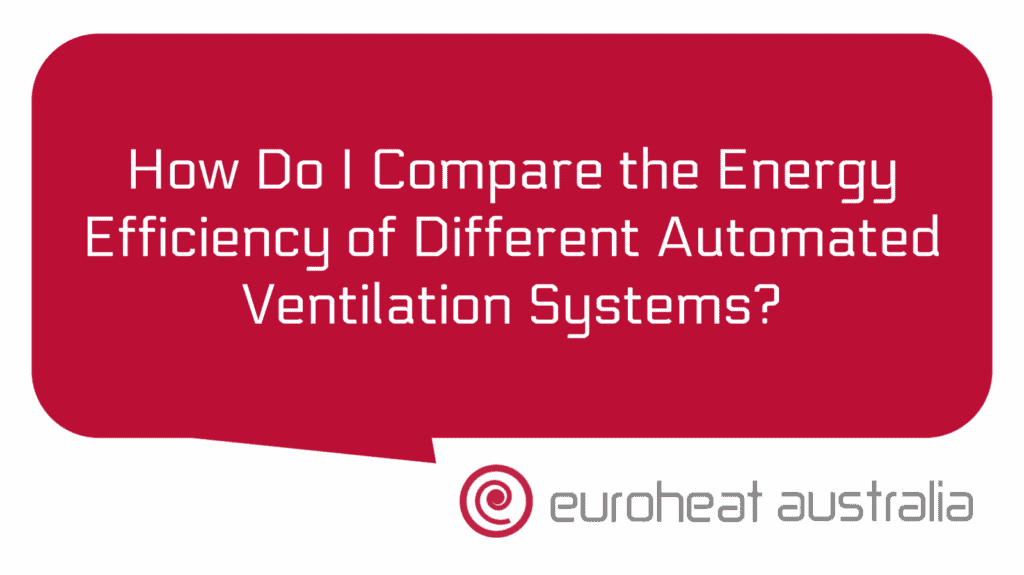When it comes to cellar cooling, having a reliable and efficient waste chill system is essential. But with so many different types of systems available, it can be tricky to know which one is best for your needs.
In this article, we’ll look at the different types of waste chill systems available for cellar cooling and the benefits of installing a heat and chill recovery system. We’ll also explore the advantages of using Euroheat Australia – the Perth engineers & installers with over 30 years’ experience in designing & constructing hydronic heating & cooling systems.
Heat Pumps
Heat pumps are becoming increasingly popular when it comes to cellar cooling – they offer an efficient and cost-effective solution, as well as being environmentally friendly. Heat pumps work by transferring heat from one area to another, so they can be used to both cool and warm a space. This makes them ideal for cellars, where temperatures can fluctuate drastically due to environmental factors like temperature outside and humidity levels inside. Heat pumps use electricity to operate, but can be up to four times more efficient than traditional air conditioning units when it comes to energy usage – meaning you could save up to 40% on your energy bill by investing in a heat pump system for your cellar cooling needs.
Air Coolers
Air coolers are another popular option for cellar cooling – they work by drawing in warm air from outside, cooling it down through an evaporative process then releasing it back into the room at a lower temperature than before. Air coolers are generally cheaper than heat pumps but they do require regular maintenance due to water evaporation inside the unit – this means that long-term running costs may be higher than those associated with a heat pump system. However, air coolers may still offer significant energy savings compared to traditional air conditioning units – depending on how often they’re used and how much energy is used in the process.
Geothermal Cooling Systems
Geothermal cooling systems are another option when it comes to cellar cooling – these systems use underground pipes that are filled with water or refrigerant (depending on the type) which absorb heat from inside your home before transferring it underground where temperatures are cooler – effectively ‘recycling’ the heat back into nature without any harmful emissions or wasted energy costs. Geothermal systems tend to be more expensive than other options but usually offer greater savings in terms of both running costs and environmental impact due their efficient design – if you have sufficient space in your garden then this could be worth investing in!
Heat & Chill Recovery Systems
Heat & chill recovery systems are becoming increasingly popular when it comes to cellar cooling due their ability to capture waste heat during summer months and reuse it during winter months – meaning that these systems can provide significant cost savings over time. By installing a waste chill system in combination with a geothermal or air cooler system, you could potentially save up 30-50% on your energy bills each year! As well as being cost-effective, these systems also have minimal environmental impact because no additional electricity is required for their operation – meaning you’ll be doing your bit for sustainability too!
If you’re looking for an experienced team of engineers & installers who specialise in designing & constructing hydronic heating & cooling systems then look no further than Euroheat Australia – with over 30 years’ experience in providing quality solutions tailored specifically to each individual customer need, you can rest assured that you will receive an excellent service from start finish! Plus all Euroheat products come with warranties so you can have complete peace of mind knowing that your investment is safe and secure!





